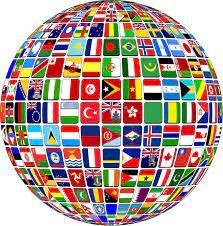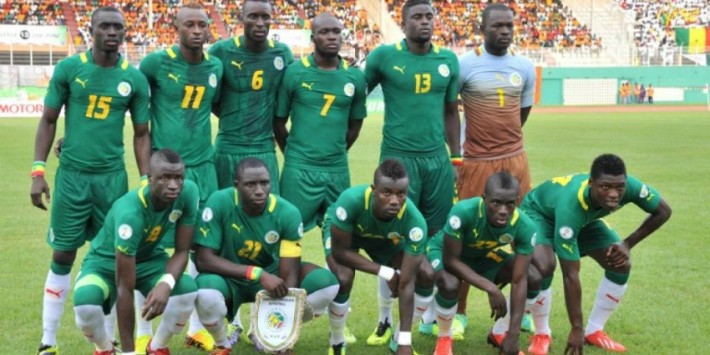The Confederation of African Football (CAF) is preparing to discuss potential reforms to its interclub competitions, with a key proposal under consideration being the expansion of the number of clubs eligible for the CAF Champions League.
At present, the highest-ranked national football federations are permitted to enter two clubs into the continent’s premier club tournament.
However, CAF is reportedly exploring a format that would allow three or even four clubs from top-performing nations to compete in future editions of the competition.
These prospective changes are expected to be debated during the upcoming meeting of the CAF Executive Committee, where structural modifications aimed at enhancing competitiveness and visibility across African football are set to be reviewed.
If approved, the adjustment would mark a significant evolution in the competition’s structure, providing greater representation to federations with consistently strong performances in recent years.
Such a move could mirror similar models seen in European competitions, where league coefficients influence the number of club spots allocated to each country.
The potential reform comes amid growing calls from across the continent to widen access to CAF’s elite tournaments and reflect the progress made by clubs and leagues in countries such as Morocco, Egypt, South Africa, and Algeria.
These nations have regularly produced competitive sides in recent Champions League campaigns, prompting discussions about a revised entry model that better rewards long-term performance.
CAF has yet to issue a formal statement on the matter, but sources close to the organisation suggest that the Executive Committee is open to considering a range of proposals aimed at improving both the sporting and commercial appeal of its competitions.
Currently, participation in the CAF Champions League and the CAF Confederation Cup is determined based on each country’s performance over a five-year coefficient system.
Under this model, only the top 12 ranked associations are granted the right to field two teams in each of the two tournaments.
Expanding the number of entrants for certain federations would not only provide increased exposure and revenue opportunities for clubs but could also raise the overall level of competition.
It may, however, require adjustments to the existing tournament calendar and format to accommodate the larger pool of participating teams.
Critics of the proposal may argue that such a shift could widen the gap between established footballing nations and those still developing their club infrastructures.
However, proponents see it as a necessary step to align African football with international standards and incentivise continued investment in club-level performance and infrastructure.
The CAF Executive Committee meeting, expected in the coming weeks, will likely bring further clarity on the direction the governing body intends to take.
Stakeholders across the African football ecosystem — from club executives and national federations to broadcasters and fans — will be watching closely for any official confirmation of the potential reforms.
Should the expansion be approved, it would signal a new chapter for African interclub football, offering more clubs the chance to compete on the continental stage and pushing the level of competition to greater heights.










